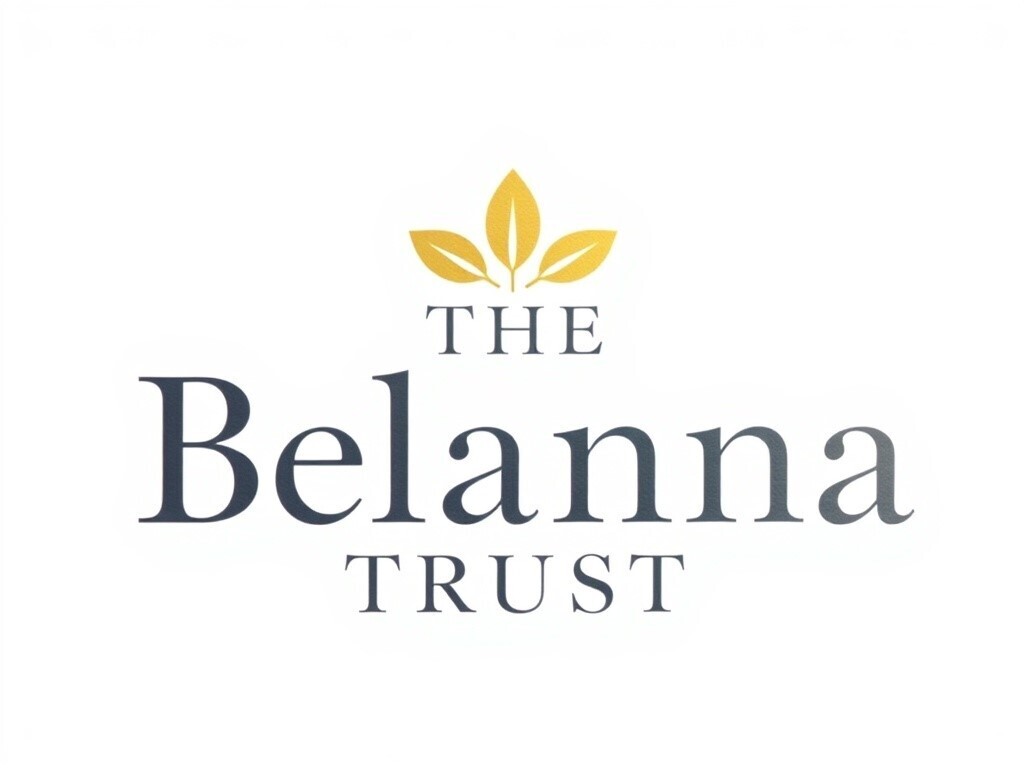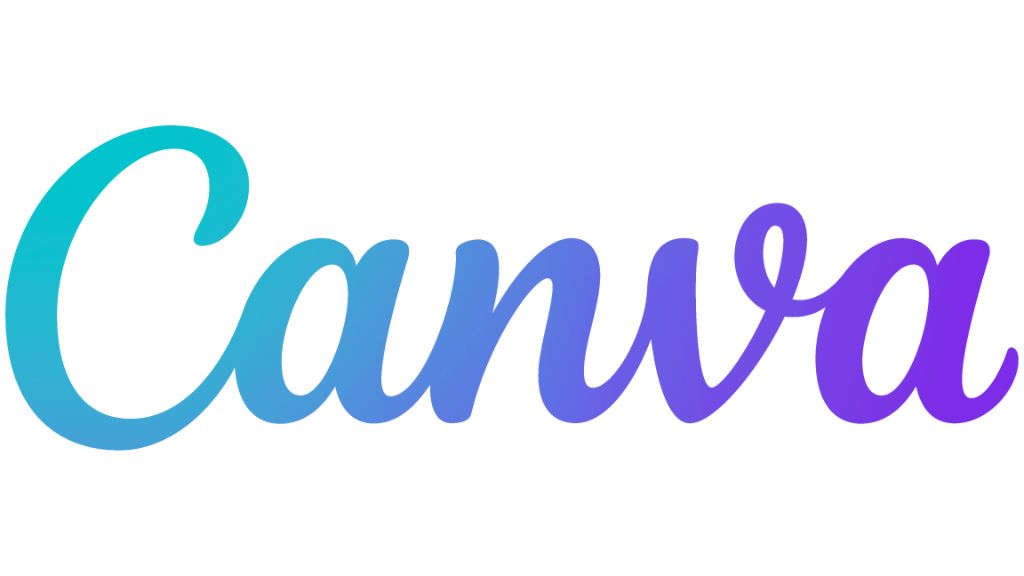
How can technology create a more inclusive, accessible and efficient medical system and profession?
You can also stream this episode on Spotify or Apple Podcasts.
Episode Overview
Dr. Dinesh Palipana OAM was the first quadriplegic medical intern in Queensland. Dinesh is a doctor, lawyer, disability advocate, and researcher.Halfway through medical school, he was involved in a motor vehicle accident that caused a cervical spinal cord injury. Dinesh has completed an Advanced Clerkship in Radiology at the Harvard University.As a result of his injury and experiences, Dinesh has been an advocate for inclusion. He is a founding member of Doctors with Disabilities Australia.Dinesh works in the emergency department at the Gold Coast University Hospital. He is a senior lecturer at the Griffith University. Dinesh is a researcher in spinal cord injury. He is a doctor for the Gold Coast Titans physical disability rugby team. Dinesh was a senior advisor to the Disability Royal Commission. He is an ambassador to the Human Rights Commission’s Includeability program. He was a 2021 International Day of People with Disability ambassador. He is an advisory board member to Healthylife. Dinesh is the Chief Clinical Advisor to Forward Ability Support. He is a non-executive director of the George Steuart Group, one of the oldest companies in the world.Dinesh was the Gold Coast Hospital and Health Service’s Junior Doctor of the Year in 2018. He was awarded the Medal of the Order of Australia in 2019. He was the third Australian to be awarded a Henry Viscardi Achievement Award. He was the 2021 Griffith University Young Alumnus of the Year. Dinesh is a John Monash Scholar.Dinesh is the 2021 Queensland Australian of the Year. Bio credit Griffith University.
Key Quotes
Technology is not a distraction for the physician, it's not a distraction in medicine, but technology is the tool that allows us to restore time-honoured sacred tradition of the doctor-patient relationship.
Can someone be a doctor if they can’t do CPR? The thing is, in 2023, in a major hospital, particularly like Gold Coast or even ambulances, we have machines that do CPR... It’s such a small part of medical care but sometimes this singular thing is used as a barrier to not allow someone to be educated, to let someone work.
Technology is evolving so rapidly... I’ve got this amazing machine where it actually just sits in my pocket, the probe, and it connects wirelessly to my big screen phone... I think that kind of signifies what technology can do for a physician with a disability, but it also has a flow-on effect to a patient with a disability.
Episode Transcript
To access a transcript of this episode click on the drop-down button below.
Image Gallery
[00:00] Viv:
We would like to acknowledge the traditional owners of the lands on which we record this podcast, the Gadigal people. This is their land, never seated, always sacred and pay respects to the elders past, present, and emerging of this place.
[00:12] Viv:
Coming up on Remarkable Insights.
[00:14] Dinesh Palipana:
Technology is not a distraction for the physician it's not a distraction in medicine but technology is the tool that allows us to restore time honoured sacred tradition of the doctor patient relationship
[00:36] Viv:
Welcome back or hello first timers! This is a podcast about how disability driving Innovation I'm your host
Viv Mullan and our guest is Dr Dinesh Palipana, a man you'll love to hear from but maybe not meet under certain circumstances that'll make sense to the second Dinesh. Could we start by giving a visual description of yourself?
[00:55] Dinesh Palipana:
I describe myself as a caramel man about 180 centimetres tall. Usually found in grey coloured scrubs using a wheelchair.
[01:09] Viv:
Awesome. That is great. I think you’ve nailed that description. Today we’re gonna talk about all things disability, tech and innovation and a lot about your story. And so I might just ask you if you could do a bit of an intro of who you are and how you got to where you are.
[01:18] Dinesh Palipana:
Today I work as a doctor in the emergency department and I work in, it was at least at one point, the busiest emergency department in Australia. I have a spinal cord injury. I sustained a traumatic spinal cord injury in 2010 as a result of car accident and it affected my fingers and everything below the chest.
[01:43] Viv:
I suppose the position that you’re in is really interesting because being in the medical world, perhaps, and correct me if I’m wrong, there might be some people that really see disability through the lens of the medical model, and then you look at the social model as well and you realize within the medical setting, it’s actually the social model that really dictates how people experience disability. And have you had to face a lot of people with that real medical model perspective?
[02:10] Dinesh Palipana:
I don’t even know if it’s the medical model in a way because some attitudes have been so staunch. Even last week when I had this conversation, I actually got an email from an educator in a high school who is trying to support a student who has a profound physical disability. They were saying a particular certifier of a program will not certify this student because they can’t physically perform CPR. This is one of the things that keep coming up in healthcare all the time. Can someone be a doctor or if they can’t do CPR? The thing is, in 2023, in a major hospital, particularly like Gold Coast or even ambulances, we have machines that do CPR, so they do compressions very well. They do compressions tirelessly, consistently, to good effect while the human beings can do other work. So when you put something like this up as a barrier to someone being educated it’s such a small part of medical care but sometimes this singular thing, this very simple thing is used as a barrier to not allow someone to be educated, to let someone work. So it’s things like that you keep coming up against and it is a very frustrating thing to sometimes deal with.
[03:45] Viv:
I would love to know throughout your entire medical journey as both a professional and a patient, how have you seen technology evolve in relation to disability in the hospital setting?
[04:04] Dinesh Palipana:
Oh, technology is evolving so rapidly, and in fact, just before we started this conversation today, I was on another phone call with a group in the US who is talking about ultrasound. Ultrasound is changing a lot of things about the way we practise medicine but I’ll tell you a little story about how ultrasound came to be in my hands. Couple years ago when I was working in the ED, I had a really difficult conversation with one of the specialist training colleges. After that, one of the emergency physicians who was my boss pulled me up in the corridor and he said, ‘what matters to me the most is not these’. And he pointed at my hands and then he said, ‘what matters the most is this and this’. And he pointed at my heart and head and he said, ‘no matter what the rest of you does, my standard for you as a doctor is about you and what’s inside’. Then he took it upon himself to teach me ultrasound. And so I’ve got this amazing machine where it actually just sits in my pocket, the probe, and it connects wirelessly to my big screen phone. And so I can actually look at certain things, and one of the things I can confidently do is just look for a baby’s heart. So one night, this was a couple of months ago in the middle of the night, it was about 2:00am a pregnant mum came into our department and she’d been bleeding and she had some pain and she was terrified that she was having a miscarriage. It was her and her partner, and they were so upset. The distress is, it’s understandable. So I was able to get this ultrasound out and pop it on her belly, and suddenly we could see this little dude moving around with a little heartbeat. Suddenly everyone was happy and the smile and the relief, and it was, it is one of the best moments in medicine for me. And she said, ‘do you love your job?’ And I said, ‘yeah’. And she said, ‘even at 2:00am you love your job?’, And I said, ‘yeah, especially at 2:00am I love my job’. I think that kind of signifies what technology can do for a physician with a disability, but it also has a flow on effect to a patient with a disability. Because with a tool like that, for example, you can share what’s happening so you can actually make healthcare more accessible and I think in 2023, that’s what this is all about. Like we have to empower our patients more. And when we see a healthcare gap, when we see a life expectancy gap for patients with a disability, putting more power in their hands to be in control of their own health, to empower people is going to give them better outcomes. Technology is not a distraction for the physician, it’s not a distraction in medicine, but technology is a tool that allows us to restore the time honored sacred tradition of the doctor-patient relationship.
[07:34] Viv:
Dinesh! Oh, that is such a powerful moment. Thank you for sharing! That’s such a cool story, particularly about the example of the use of your ultrasound. I’m curious to know, has there been any other examples of technology that you have had to use in an adaptive way for your work that other doctors perhaps that aren’t living with a disability have gone, ‘oh man, that is actually great and that will benefit me. I’m gonna adopt that tool as well?’
[08:04] Dinesh Palipana:
Yeah, totally. Really early on, I started using an iPad that had the electronic medical record, so I was using this iPad when I was actually a student and then an intern, I was using it in ward rounds and things, and rather than pushing this big cumbersome computer on wheels around, we were able to just pull up things really quickly. We were able to run around and we had this iPad that had everything at our fingertips. Then I started printing prescriptions before it became widespread in our hospital. And printed prescriptions, like if you think about it, how much room is there for error when you hand write? So these were legible, these were able to be read by the pharmacists. I started using dictation. So dictation not only allows me to be quicker, it allows me to write better notes and think better while I’m doing it. So some of these tools other doctors have started using it now in our hospital and it just makes medicine better. There are some really cutting edge tools coming out now as well. There is an amazing set of neurointerventional radiologists. So they treat things like strokes and aneurysms and things in the brain. They have a robot which you can drive and do a procedure in someone’s brain with it and you can actually do it remotely as well. So if you’re sitting in Sydney, you could do it potentially in Cairns or somewhere like that. The cool thing about that robot is that the controls are totally workable by someone like me. So there are so many tools that have simple things like voice recognition that are being uptaken, but there’s also some really cool things that are coming up that will be the frontier of medicine as well.
[10:04] Viv:
Where do you think the technology used in hospitals needs to go? What are your hopes for the accessibility and the tools that you have access to? Is it a place for ‘ChatGPT?’ Are remote doctor’s gonna be more of a thing using these sort of amazing robots that you speak of?
[10:21] Dinesh Palipana:
We have so many gaps, right? Gaps for rural Australians in healthcare. So we’re still trying to figure out ways in how can we offer the same healthcare or the same quality, the same speed of healthcare to people living in rural areas. Because at the moment that’s a challenge. And then when you put intersections into that as well. So if you say have a rural Australian with a disability, if you have a rural Australian from a cultural and linguistically diverse background, once upon a time our imaginations were limited by the technology. I remember when it was 10, 20 years ago, the speed of the computers and the power of the computers that were widely available limited what we could do. But today that’s not the same. We have a phone in our hand that probably has more power than multitudes of computers in a single institution 40, 50 years ago. So we can do so much so today we’re only limited by our imagination, not the technology. So we have the potential to do so much. So I think we just need to enable innovators. We need to enable problem solvers to come up with solutions to go and do some of these things to solve the critical problems in healthcare. Technology is going to change the way medicine is delivered and if we don’t keep up it’s going to cause an issue.
[11:50] Viv:
And do you think that the reason you were able to see it so clearly is because you have had to use technology because of your spinal cord injury?
[12:00] Dinesh Palipana:
Yeah. Even when I first started as a student and as an intern, we still had a lot of paper forms, but I actually scanned it into my iPad and digitized a lot of the forms myself so we could still have the same thing. So yeah I was, for the sake of efficiency, and actually in my first year as an intern in the emergency department, I was seeing 25% more patients than my colleagues on average.
[12:28] Viv:
Wow. And that’s a result of you using this digital tool instead?
[12:34] Dinesh Palipana:
Yeah, I was just finding workflows to make myself quicker.
[12:39] Viv:
I’ve only known you for a short while, but even the creative thinking that you have to improve the efficiencies of your workflow and the projects that you’re leading, it sounds like you’re constantly thinking big and of ideas and solutions, and I hear, that sort of message through my work with the disability community is that, people with disabilities are natural problem solvers out of necessity, and also because it’s how, sort of the creativity that is instilled in them, when they’re having to do this constant sort of barrier breaking. How much consultation do you see with people with disability in the healthcare system when you do see technologies being put in place at work and funding going towards certain projects? Are they tapping into the sort of the disability community and saying, what are your thoughts on this? Can you help us design this so it is accessible?
[13:27] Dinesh Palipana:
It is starting to happen, institutions and projects leads are starting to see the importance of this, and they’re starting to realise that it’s a whole ‘nothing about us, without us’ conversation. So I think it’s starting to happen. It’s probably not as ubiquitous as we would like yet. One of the other things I think is in addition to consultation is to actually empower people with disability to do this and one of the most frustrating things to see are kids being denied opportunities to go through schooling and to go through secondary school and then to get into tertiary education because they have a disability. That is so frustrating to see because we’re not even allowing some of these kids to explore their potential, to tap into their potential. I think in addition to actually consulting with people with disability, we actually need to give people opportunity and equity to pursue education and to start developing some of these things themselves.
[14:40] Viv:
Dinesh to finish the episode, I would love for you to share a Remarkable Insight, and that can be some advice, a quote or something you would just like our listeners to leave with and think about.
[14:49] Dinesh Palipana:
I read this quote once and I think it just sums up everything to me. It was something along the lines of never accepting the world as it is but daring to see the world for what it could be. If we took that and if we worked towards the world for what it could be, then I think that’s how we create an amazing place for us all.
[15:18] Viv:
Thank you so much, Dinesh, it’s been so wonderful to learn more about your story and your insights have been truly remarkable.
[15:26] Dinesh Palipana:
Thanks for having me Viv you are awesome!



.png)
.jpg)





%20(1).png)










